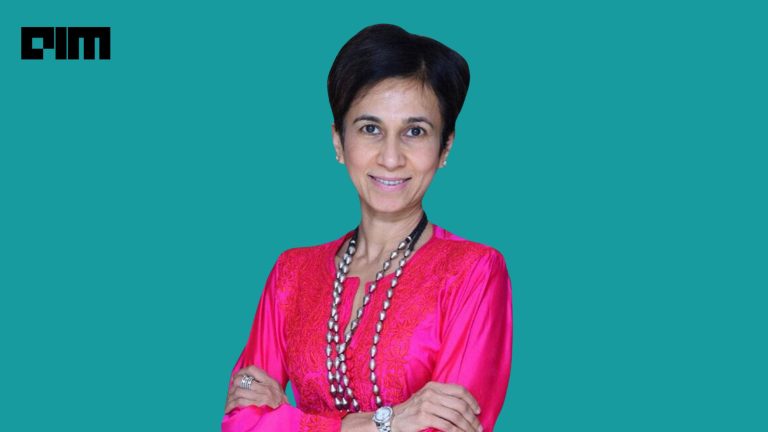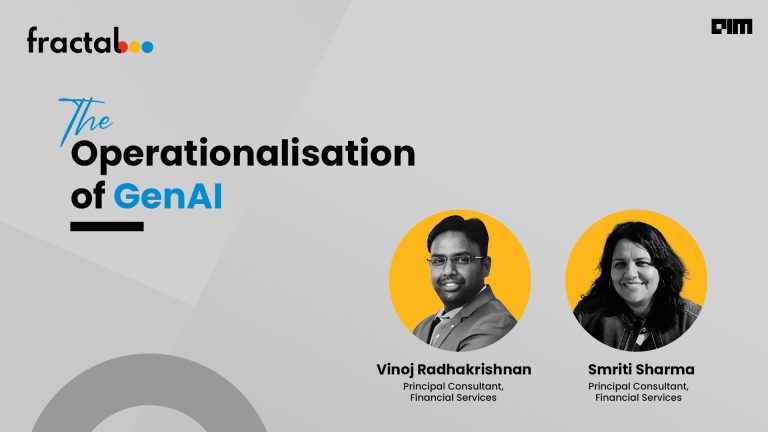|
Listen to this story
|
JanAI is a play on the word janta, which means people. The vision of creating AI for the people is something Jaspreet Bindra has been advocating for the country. Bindra, the founder of Tech Whisperer Limited in the UK, a consulting and advisory firm specialising in digital technologies such as AI and Web3, has an extensive background in the digital transformation space.
He believes that the concept where “JanAI is treated as a digital public good” can help facilitate the growth of startups and organisations that can be created as part of the digital public infrastructure.
Bindra has served as the group chief digital officer of Mahindra Group and as a regional director at Microsoft, among other positions. His vision is to create an India-centric LLM (Bharat LLM), which aims to establish it as a second layer of the India stack, delivering it as a digital public good to 1.4 billion Indians, ‘much like UPI and Aadhaar’.
“If we have to create a million creators, a creator economy, this is a creative tool,” exclaimed Bindra.
Making AI in India, For India
Bindra has highlighted the need to have our own LLM as a necessity stemming from the need of bringing an Indian context into the training model. “If you look at ChatGPT or Bard, they are all trained on the internet, where almost 80 to 90% of the data is English, and West-oriented. It doesn’t have vernacular data nor an Indian context,” said Bindra.
“For example, land is measured differently in every Indian state. You have bigha in one place and kanal in another, and these are words that a foreign LLM will not make sense of, especially when you want to deliver to rural India.”
Bindra even spoke about how UAE has Falcon and Jais, which are contextual to their own culture. He even spoke about the availability of large datasets within our country citing an example of how using ‘All India Radio insertion recordings’ will be amazing.
Apart from the data being widely different, the concept of privacy and guardrails in India are also different, which is why Bindra believes a model for the country that caters to the privacy rules here will make more sense.
Indian LLM in WIP
There is already significant progress in the lines of large language models that cater to the Indian market. Tech Mahindra is working on Project Indus, a model that will have the ability to speak in 40 Indic languages with more languages that will be subsequently added.
Similarly, Bhashini, a government initiative, also looks to leverage AI to break language barriers, and help the underserved communities. “Bharat LLM and multiple elements will be created and that’s great. The JanAI bit is about how to take those LLMs and put them as part of the India stack,” said Bindra.
Interestingly, co-founder of Infosys, Nandan Nilekani, the architect of Aadhaar, who was also instrumental in bringing major banks in India to collaborate on UPI, is also actively involved in building LLMs for Indic languages through AI4Bharat.
Nilekani has contributed INR 36 crore for launching Nilekani Centre at AI4Bharat in partnership with IIT Madras, and a total of INR 400 crore to IIT Bombay.
Forward-Looking But Not Obstacle-Free
Bindra believes that the adoption of such a platform in India may not be a challenge. Speaking about how Aadhaar and UPI have been massively adopted by people — touching over 1 billion now — Bindra is confident that as a country we know how to reach that level of adoption.
“The way we have done it as a country is when we’ve taken these critical technologies and products and served them as a digital public good. DPG is what the government gives to its citizens,” said Bindra.
In order for such an idea to come to fruition, Bindra believes there are four essential components — talent, data, money and the delivery model/governance. “Reliance and Tata have all signed with NVIDIA and we’ll get the infrastructure in place, but governance mechanism is the most important, which is missing,” said Bindra.
Bindra however, believes that the biggest challenge is to get the right sponsorship for the idea that people think is worth having. “It needs to be adopted, sponsored and owned by the government as there’s no other way.”
Collaboration
Bindra spoke about how countries such as the US and China have their own models and have lots of money, making them the leaders, and a country such as the UK is focusing on the ethics and governance part of it. “What we can do uniquely is to ride on the whole thing like we did with UPI, Aadhaar, etc. and deliver generative AI to 1.4 billion people. That can become the model for the world,” said Bindra.
With India ready to get 25,000 GPUs, Bindra believes that such kind of strategic partnerships will help divide the tasks and the costs will come down. “The ROI is nation building,” – referring to the jobs and creator economy that can be built with the JanAI-type of model.
Speaking about whether the model has to be completely India-made, Bindra’s vision is not restricted. “When it comes to technology, we can’t really claim that everything will certainly be built by an Indian company. One of the people evangelising this along with me is Thoughtworks in Bangalore, which is not an Indian company.”
He also said that the company was also responsible for building large parts of ONDC and the India stack for UPI.
AI’s NOT a Hype
Bindra believes that every technology brings some element of hype which he deems is necessary as it brings in innovation and investment. However, he said that there needs to be a “hype-to-reality ratio”.
“If you take the Metaverse, the hype-to-reality ratio is bad. If you go into Metaverse, either Meta’s Metaverse or Roblox’s Metaverse, you will find 37 people or 74 in the game, but if you look at the sheer amount of news it created versus the people using it, the ratio is extremely large. However, with generative AI, we know there are over 100 million people using it. It’s been 11 months and sure, there is a hype but there also is reality there,” concluded Bindra.































